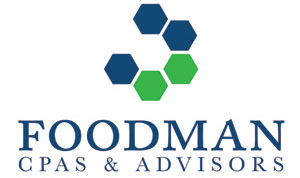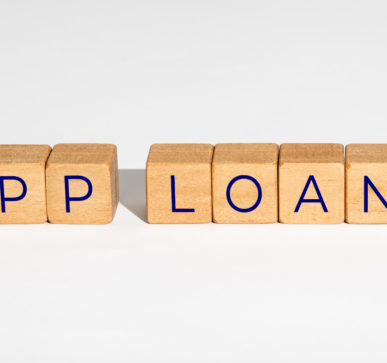Treasury Secretary Steven Mnuchin has stated that Businesses that borrow money through the PPP Loan Program may expect compliance audits before their loans are forgiven. Many banks, with the encouragement of the U.S. Treasury, “skipped” standard Know your Customer and Loan Due Diligence Procedures. The loan risk was compounded by Banks accepting loan applications from Borrowers with whom the Banks did not have a pre-existing relationship.
Borrowers under the PPP ought to expect an Audit and Prepare now
The U.S. Government has not released formal audit procedures for the PPP loan program. Pending release of audit procedures, PPP loan program borrowers ought to:
- Organize records, receipts, and documents on an on-going basis. It is best to start preparing now as opposed to when a Government Auditor calls. Contemporaneous documentation is critical.
2. Review and Self-Check the “good faith certifications” made. Borrowers under the PPP made “good faith” certifications that:
- Current economic uncertainty makes the loan necessary to support their ongoing operations.
- The funds will be used to retain workers and maintain payroll or to make mortgage, lease, and utility payments.
- They have not and will not receive another loan under this program.
- They will provide to the lender documentation that verifies the number of full-time equivalent employees on payroll and the dollar amounts of payroll costs, covered mortgage interest payments, covered rent payments, and covered utilities for the eight weeks after getting the loan.
- All the information provided in their application and in all supporting documents and forms is true and accurate.
3. Document the analysis performed to support the “good faith” certification. This includes an evaluation of sources and uses of funds to support the business’ on-going operations. Sources of funds can include expected line credit withdrawals, revenues, and cash on hand. Uses of funds ought to reveal the uses of cash to cover expenses such as payroll, rent, lease, inventory, utilities, and administrative expenses.
4. Create records of how the PPP loan proceeds were used. Borrowers ought to have a separate general ledger to track how and where the loan proceeds were utilized. The records should include invoices, lease agreements, payment records, bank statements, payroll records, employee records, compensation calculations made, pay rates and headcount analysis.
5. Act as if you are going to be audited. Conduct internal audit runs to ensure that there are no gaps in your PPP loan application.
The time to prepare is NOW
Knowingly making a false statement to get a loan under the PPP is punishable by law. If the proceeds of a PPP loan are used for fraudulent purposes, the U.S. government is empowered to pursue criminal charges against the borrower. Regrettably, there are “Bad Actors” such as criminal entities that posed as legitimate new customer applicants.
Consult your CPA for audit preparation.





